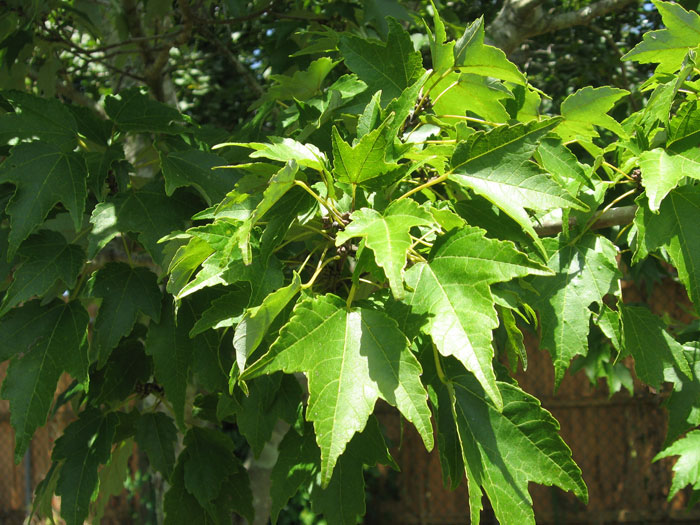Most gardeners don't like wet feet and neither do their plants. Recently soggy soils have prevented plant roots in wet areas from getting the air they need to survive and in some cases it has also made the plants more susceptible to winds.
Luckily in most areas the soil is well-drained and the excessively wet conditions are only temporary - when the rains stop the ground immediately dries. This brief period of wet roots may cause some yellowing of new growths and limited leaf drop then the plantings resume normal growth. But what if the soil remains wet for an extended period of time?
Eventually the roots begin to rot and the decline is much more evident -- these plants could die. Plants growing in containers with poor drainage due to sitting in saucers of water or a plugging of the holes in the bottom of their pots with roots or compacted soil are easy to help. Simply remove the saucers and repot the plants in larger containers with a fresh loose potting mix.
Plants in low or wet areas are much harder to deal with. Draining these wet locations of standing water is the best cure. Maybe swales can be created to drain the water away. Also, look for the source of the excessive water. It could be runoff coming from the roof of a home or gutters draining to the one wet spot. Diverting this water to another area may eliminate the problem.
When dry land plants are growing in naturally low areas, the choices are limited. Some are likely going to slowly recover but others may be lost due to root rot. If possible you could dig the declining plants and relocate them to higher ground.
Keep in mind such wet areas are going to need special types of plants. Some like the red maples, loblolly bays, wax myrtles, pickerel plants and scarlet hibiscus won't mind occasionally wet feet. Some call these consistently moist planting sites, rain gardens, because after most storms they are going to be wet.
Turf may be starting to yellow a little and some leaf spotting it likely to occur in areas that stay wet too long or in locations with poor air movement. Often these problems go away with several warmer drying days. If the grass is too yellow, try an iron only application or a light feeding with a liquid fertilizer. Where the fungal leaf spots are obvious, a turf product for gray leaf spot and similar foliar diseases control could be applied.
Some gardeners are reporting plants popped out of the ground by the surge of water or heavy winds. These are usually new plants or those poorly rooted in the ground. In most cases the uprooted plants can be replanted using normal techniques. Where trees or large shrubs have been up rooted these can be pulled to the upright positions and then staked or guyed. In most cases some soil removal from under the uprooted portion of the plants is going to be needed. Then when the tree or shrub has been returned to its upright position the soil can be replaced as during any normal planting.
One bit of irony is after all the rains your plants may need more water than normal. Due to root rot problems and some upheaval the plants may now have a limited root system. Stay a bit more alert to signs of wilting and dry soils then water as needed to keep a moist but not wet soil until the plants become reestablished.

